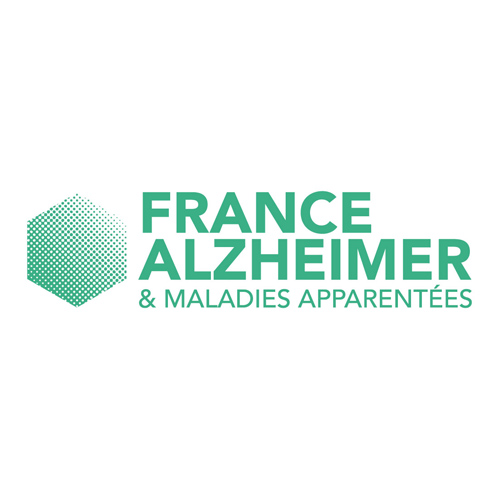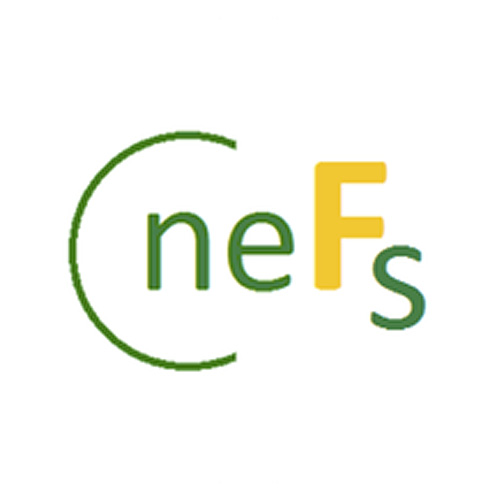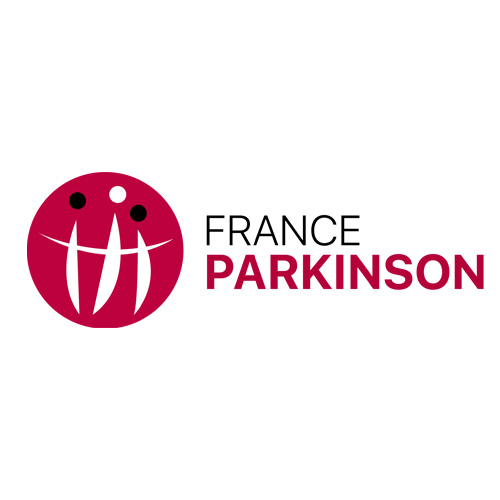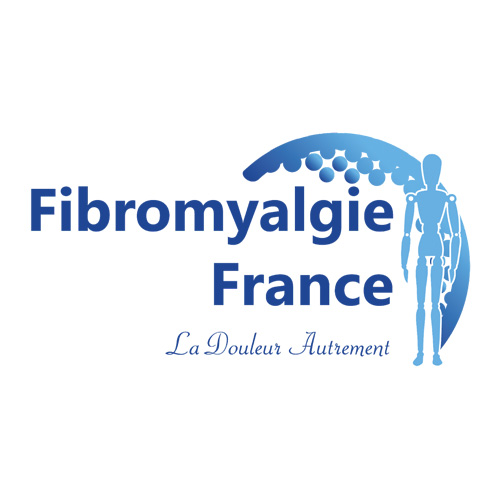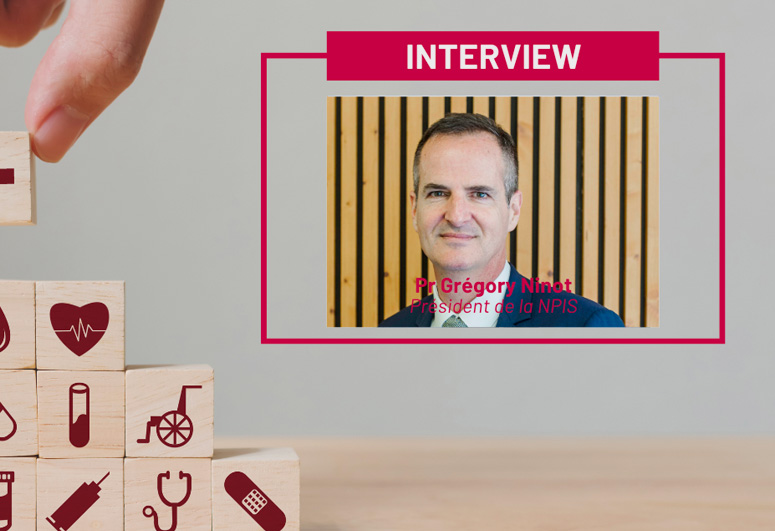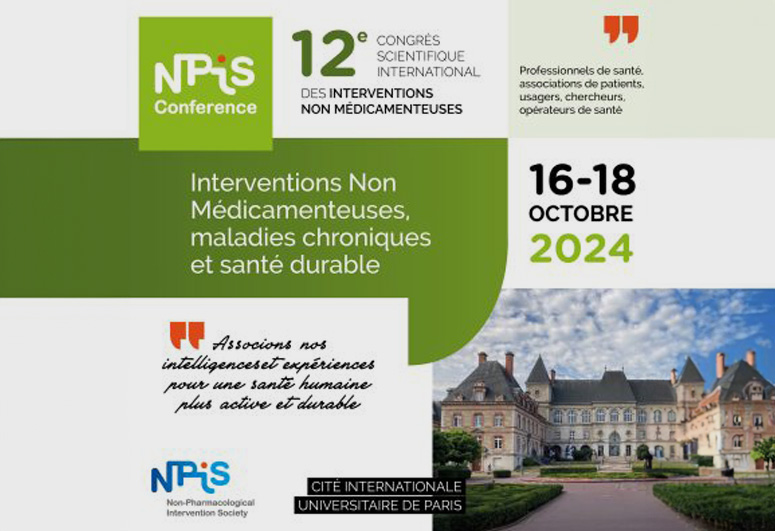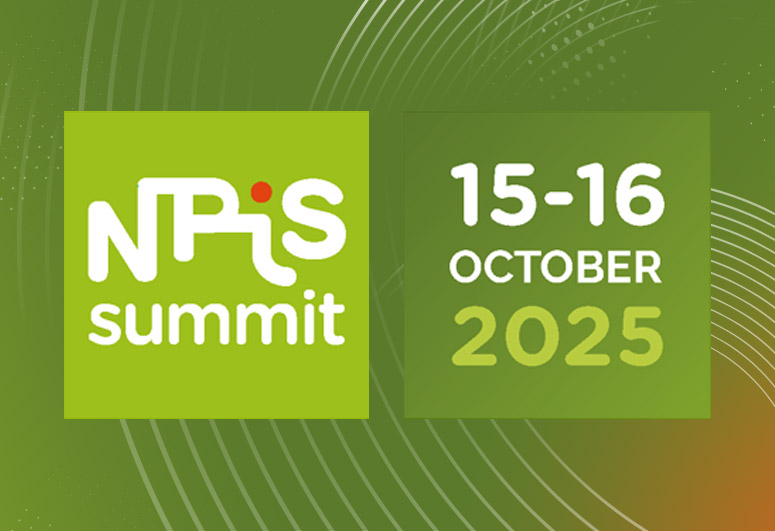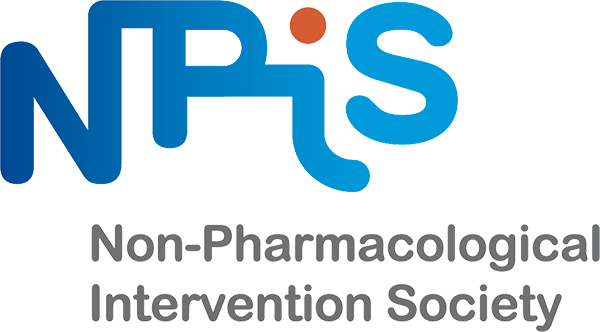What's an NPI ?
The NPIS Registry: why ?
Who is this platform for?
-
I am a citizen, a patient, a caregiver or a professional on a first visit

-
I will be able to easily find information on interventions that are actually INMs. I will also be able to provide feedback on usage. If I want to go further, I will be directed to the conditions for accessing all the data and features of the INM Repository.
-
I am a healthcare professional wishing to access all INM files

-
I will be able to find complete information on INM protocols to deepen my knowledge and practices. I will be able to provide feedback on use.
-
I am a representative of an authority, institution or organization related to health

-
If my practice organization is a partner of the NPIS, I will be able to access all the data and functionalities of the INM Repository.
-
I would like to submit a proposal for a new INM in the Repository

-
If my project meets the definition of an INM and if it is sufficiently supported by scientifically conducted studies, I will be directed to a form which will allow me to write the INM file relating to my project.
-
I am an expert selected under the INM file validation procedure

-
If I have received an email from NPIS accrediting me as an Expert in a defined field, I will be able to register to participate in the expert procedure for which I have been requested.
Become a Submitter
Learn more about NPIS and NPI :
NPIS Questions and Answers
-
Are NPI just simple recipes to apply?

-
NPI are protocols to be implemented with a target population, but they are merely specifications. They must be contextualized and personalized. The NPI Registry offers best practices and tips for optimal implementation. Furthermore, the NPIS recommends interdisciplinary training in health ethics for their application. The scientific society works with its partners to develop and recognize this foundational training, which could be conducted particularly in higher education institutions in collaboration with the Ministry of Health. This ethical training includes all the prerequisites of knowledge, skills, and attitudes necessary for interprofessional practice in health. Health professionals with practical experience, such as doctors, will have equivalencies.
-
Why a transdisciplinary evaluation model for NPI?

-
As of April 2019, there were 46 evaluation models for NPI in the scientific literature (Carbonnel and Ninot, 2019). These models were constructed by researchers for researchers, often from a monodisciplinary perspective and rarely from a patient-centered approach. This led to significant heterogeneity in study protocols and the way NPI were conceived (approach, method, technique, or materials). The results were scattered, debatable, poorly transferable, and rarely reproducible. Consequently, these practices were not widely recognized outside the study context (dependent on the establishment and/or practitioner). This situation raised doubts about their effectiveness (e.g., efficacy, safety, relevance, utility, cost-effectiveness), their content (e.g., heterogeneity in doses, procedures, ingredients, techniques, contexts, target populations), their approval (e.g., ethics committees), their dissemination (e.g., conflicting reviewer opinions), their teaching (e.g., protocols, best practices), and their recognition (e.g., authorization, integration into official classifications, reimbursement). This lack of a consensual evaluation model for NPI suggested that each professional had to reinvent their program for every new patient, given the wide or contradictory recommendations from authorities, agencies, and scientific societies. It also implied that only the patient-provider relationship mattered in the health effects induced (Ninot, 2020). Moreover, it left the door open for pseudoscientific practices and, more broadly, parallel medicine, along with all the obscurantist, health-related, sectarian, political, and judicial issues that are known in France (Miviludes, 2022; CNOI, 2023; CNOM, 2023) and around the world (Ernst and Smith, 2018). This idea was also gaining traction in the United States in the field of oncology, aiming to juxtapose two medical offerings: one based on experimental science, primarily focused on surgery, medication, radiotherapy, and medical devices, and the other described as "complementary, integrative, or traditional," based on individual experience, opinions, and traditions (Mao et al., 2022). This second offering claimed exclusivity in the domains of prevention and care, emphasizing care for the person versus cure for the disease. Thus, the NPIS Model was co-constructed with the idea that experimental science could demonstrate the existence of effective, safe, and reproducible prevention and care protocols. This work was supported by seed funding for participatory research from INSERM and involved over 1,000 participants under the guidance of a committee of 22 multidisciplinary experts, including two user representatives. This transdisciplinary innovation is currently supported by 30 French scientific societies, the National Center for Palliative Care and End of Life, INCa, and the French Platform for Clinical Research Networks.
-
Why is there such a direct link between mechanistic, clinical, and implementation studies in the NPIS Model?

-
The connection between mechanistic, interventional, and implementation studies forms the backbone of the epistemological positioning of the NPIS Model regarding the evaluation of NPI. This does not mean that an interventional study, for example, cannot explore biological mechanisms or psychosocial processes. Instead, this backbone provides coherence to the studies and structures the validation process of NPI for integration into a standardized practice framework.
-
Why choose the term NPI, a seemingly negative term that appears to oppose medication?

-
The term non-pharmacological intervention (NPI) was not chosen by the scientific society NPIS but has become necessary. It has been used by scientists since 1975. Various authorities and agencies have adopted it, including the World Health Organization since 2003, the French National Authority for Health since 2011, the National Solidarity Fund for Autonomy since 2014, the Ministry of Health since 2018, the High Council for Public Health since 2019, the European Centre for Disease Prevention and Control since 2020, the General Inspectorate of Social Affairs since 2022, the Economic, Social and Environmental Council since 2023, and Health Insurance since 2024. Many national and supranational scientific societies use the term NPI in their recommendations. These health solutions are often "squeezed" between health products and public health measures, despite efforts by professionals to raise awareness and recognition of them. They represent an underestimated area of intangible services situated between goods (e.g., medications, medical devices) and general public health recommendations (e.g., dietary rules, hygiene measures, environmental actions).
They can be lost in compilations of health solutions that mix health promotion actions with targeted programs or confuse methods for identifying a health problem with methods for resolving it. The challenge is to improve the traceability of practices for continuous enhancement of their quality, safety, implementation, and training. These practices can be easily shared from one country to another. The term NPI does not imply "anti-medication" or "alternative medicine" (parallel medicine). Instead, it draws from the rigor of the globally standardized drug validation process to establish good scientific and clinical practices. Over time, we believe that the abbreviation NPI will come to be more widely recognized than its full title, similar to WHO, IBM, SEAT, and many others.
Registers of non-pharmacological practices with imprecise criteria and boundaries.
Catalogs compile various health practices among which NPI may be submerged. Some target the general population, while others are more specific. The selection criteria are heterogeneous, and objectives and practical modalities vary widely. Three examples include two from the United States (EBCCP and Mindtools) and one from France (Capitalisation Santé). -

-
-
Why is the term NPI so little known?

-
The term NPI has been used by scientists working in the health field since 1975. However, it is not the only term; other similar terms are used synonymously, especially in PubMed. There are ten English terms to describe non-pharmacological processes and twenty-eight to describe methods of operation. An exhaustive inventory of NPI on a scientific article search engine is currently impossible due to the variety of terms researchers use, each with distinct meanings: rehabilitation intervention, psychosocial intervention, mental intervention, cognitive intervention, psychological intervention, behavioral intervention, psychosomatic intervention, nutrition intervention, dietary intervention, food intervention, physical intervention, body intervention, exercise intervention, manual intervention, salutogenic intervention, natural intervention, self-help intervention, nursing intervention, therapy intervention, care intervention, disease management intervention, multimodal intervention...
A search on PubMed from August 15, 2024, indicates 55,689 articles citing the term "non-pharmacological" or its equivalent up to 2023. While these figures do not challenge the trend, they are likely underestimated due to the database's focus on health products rather than services, biological treatments over psychosocial ones, studies on North American populations, and journals published by North American organizations. This aligns with an official U.S. government site managed by the National Center for Biotechnology Information and hosted by the National Library of Medicine, part of the National Institutes of Health (NIH).
A search on PubMed from August 15, 2024, also reveals 11,642 articles citing the term "non-pharmacological intervention" or its equivalent up to 2023. Both curves demonstrate an increase since 2000, with a notable acceleration since 2010.
The French National Authority for Health has been encouraging the use of the term NPI in health since 2011.
Our supporters
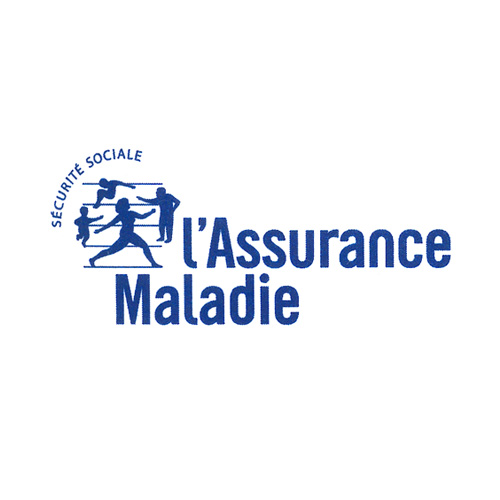

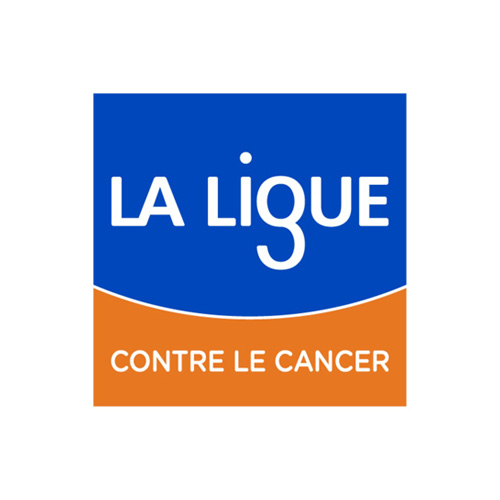

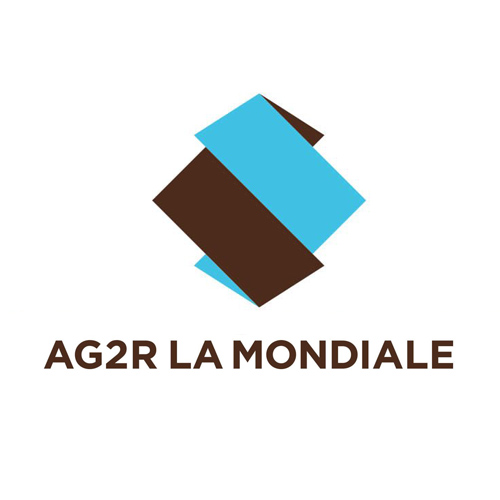
Our partners
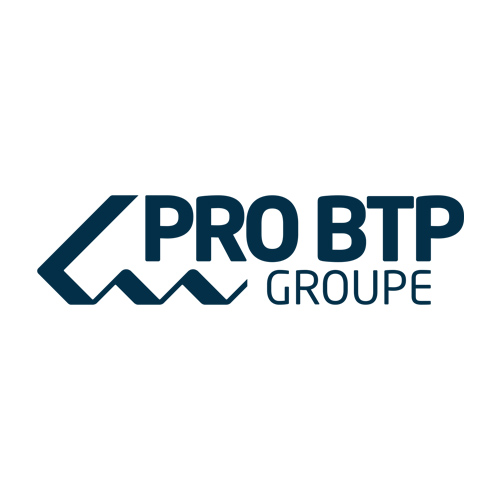
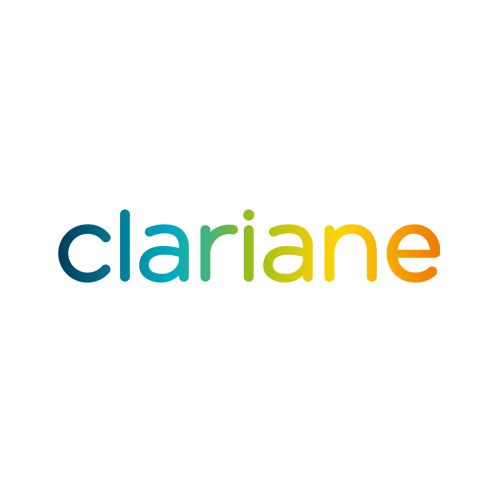
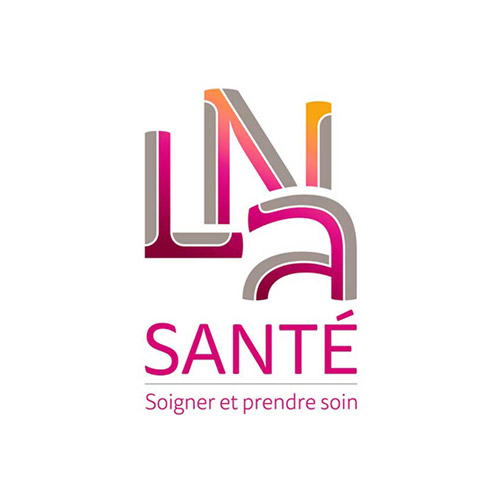
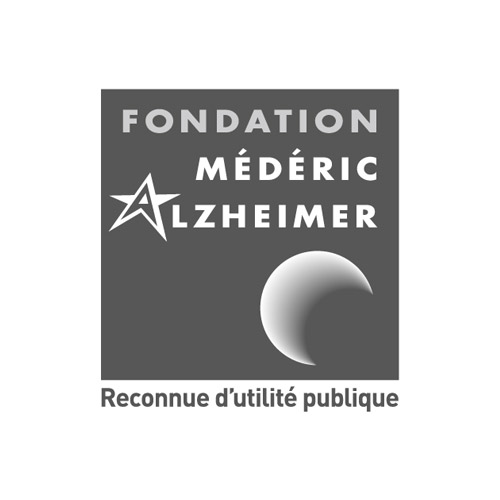
Our allies
